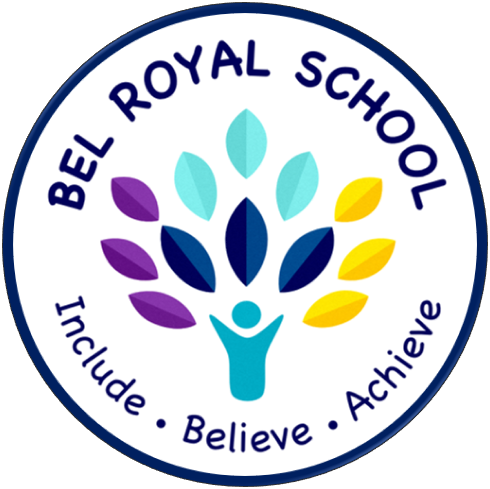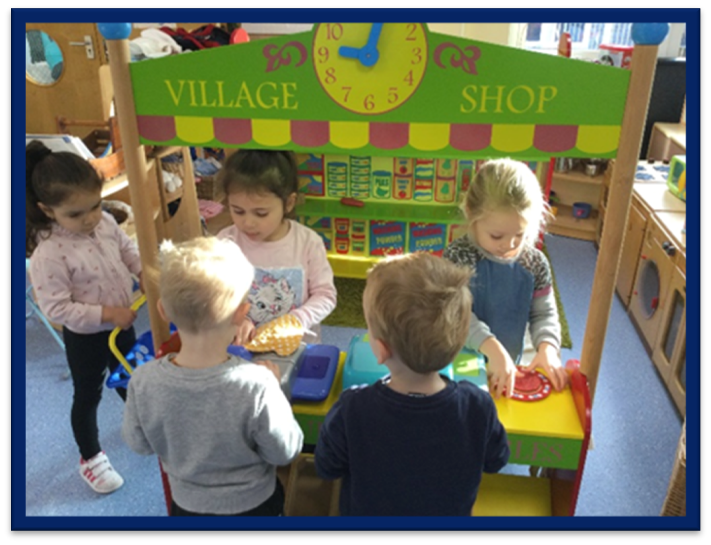
Bel Royal Primary School
Mathematics
The beauty of mathematics only shows itself to more patient followers.
Maryam Mirzakhani (1977-2017)
Intent
Mathematics is a creative discipline that enables us to engage with and find solutions to problems. It requires creativity, enabling pupils to make connections with prior learning, exploring methods and finding efficient strategies. Communication skills are developed as pupils share their thinking and ideas for solutions. Mathematics is fundamental to our everyday lives. It supports many fields of study and future careers.
We believe that it is important for pupils to attain and reach their potential in all aspects of maths learning. All staff will endeavour to support all pupils in developing a positive attitude towards maths, through enjoyment and success; developing perseverance, as well as risk-taking; through sustained effort in investigations and problem-solving, working both independently and co-operatively and in using and applying their skills at all levels.
Implementation
At Bel Royal we use the Maths No Problem approach to learning mathematics. Pupils are encouraged to discuss their ideas and thinking and to use the most appropriate and efficient method to solve a problem, be it mental, written or calculator. Pupils are encouraged to use a range of strategies and explore how and why methods work, using the Concrete, Pictorial, Abstract route to deepen their understanding.
Concrete is the ‘doing’ stage, using concrete objects to solve problems. It brings concepts to life by allowing children to handle physical objects themselves. Concrete objects are used to represent numbers or objects in a problem.
Pictorial is the ‘seeing’ stage, using representations of the objects involved in maths problems. This stage encourages children to make a mental connection between the physical object and abstract levels of understanding, by drawing or looking at pictures, circles, diagrams or models which represent the objects in the problem.
Abstract is the ‘symbolic’ stage, where children use abstract symbols to model and solve maths problems. Once a child has demonstrated that they have a solid understanding of the ‘concrete’ and ‘pictorial’ representations of the problem, the teacher can introduce more ‘abstract’ concepts, such as mathematical symbols.
Building or drawing a model makes it easier for children to grasp concepts they traditionally find more difficult, such as fractions, as it helps them visualise the problem and makes it more accessible.
In preparing children for the real world, we are aware of the importance of mental maths skills and, accordingly, make every effort to ensure that our children are proficient at these. We teach and practise these skills on a regular basis, often using engaging online resources like Times Table Rockstars and Numbots to support this fluency practice at home.
Children who have a high-quality mathematics education are confident, skilled and resilient mathematicians who have the skills to make sense of the world around them.

Impact
The national curriculum for mathematics aims to ensure that all pupils:
-
Become fluent in the fundamentals of mathematics, including through varied and frequent practice with increasingly complex problems over time, so that pupils develop conceptual understanding and the ability to recall and apply knowledge effectively and accurately.
-
Reason mathematically by following a line of enquiry, conjecturing relationships and generalisations, and developing an argument, justification or proof using mathematical language.
-
Can solve problems by applying their mathematics to a variety of routine and non-routine problems with increasing sophistication, breaking down problems into a series of simpler steps and persevering in seeking solutions.
